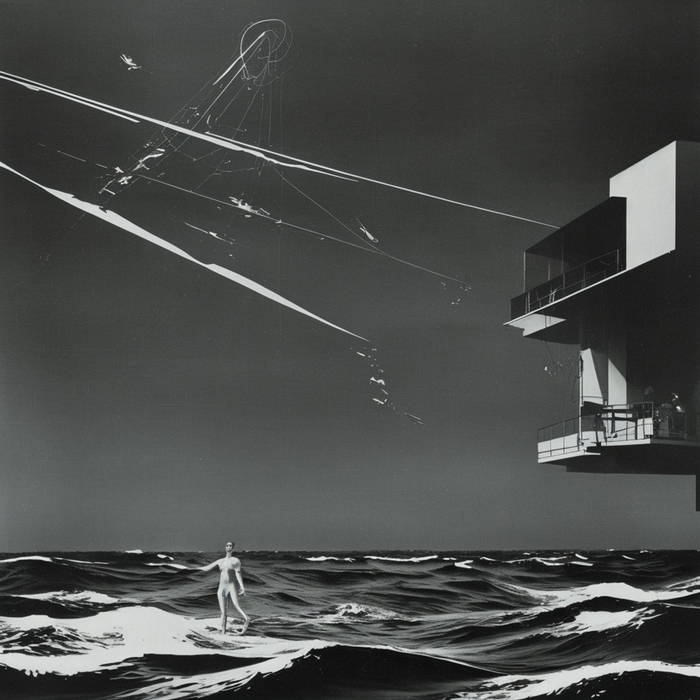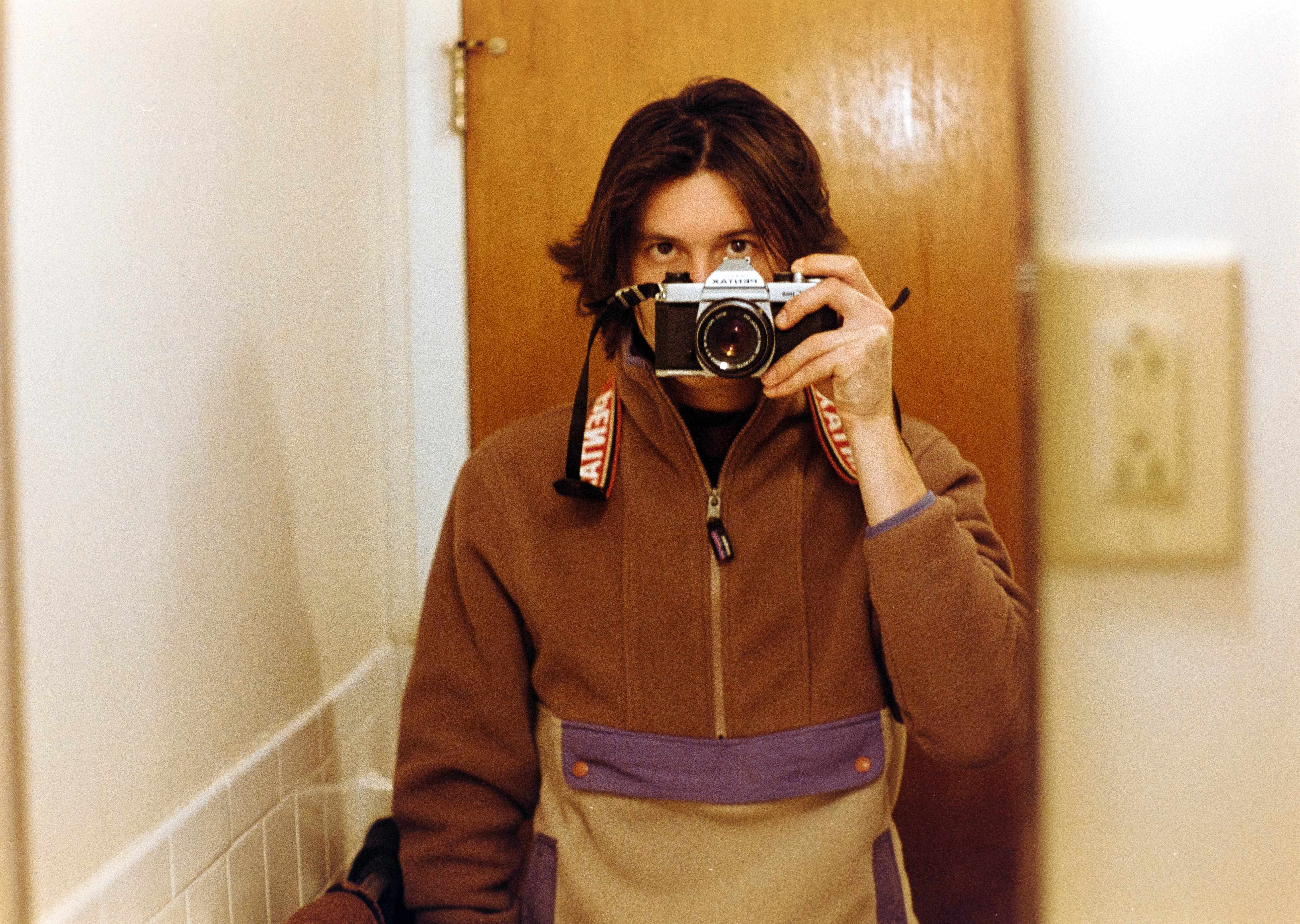I mean, you take one look at Greek statues and Roman busts and you realize that people figured how to aim for realism, at least when it came to the human body and faces, over 2000 years ago.
Yet, unlike sculpture, paintings and drawings remained, uh, “immature” for centuries afterwards (to my limited knowledge, it was the Italian Renaissance that started making realistic paintings). Why?
Hi. I’m an artist, and my answer comes from my personal experience and not from academic research on your topic.
Turns out painting and sculpture pose different challenges to artists. If your goal is realism, you first need to understand your subject, and then you need to translate it to the medium.
One key aspect in the process is finding good reference material to work from. Turns out human faces and bodies occupy three dimensional space, and they are somewhat readily accessible to artists. A talented sculptor can study a model and replicate it as a sculpture; it’s not easy, but there isn’t much else to be done.
Now let’s look at painting. Often people think painting and drawing is easier than sculpting because it’s more accessible, but that’s not necessarily the case especially if you aim for realism. The artist needs to use the brain and translate a lot, and I mean an awful lot, of the information seen in the model (3d space) into 2d. They need to remove one dimension from it, without breaking the illusion. This is why it’s ten times more difficult to sketch from life than it is to sketch from photographic reference; photos already did half the job for you. And back in the day photography wasn’t a thing.
This is very hard already, but on top of that comes color. Most people can see color well enough, the difficult part is understanding how to translate that to a flat, uniform surface that doesn’t emit light. From the get go this means you will have to crunch down and remove color information, ie you can’t paint the sun and expect it to shine like the real thing, instead you will have to either make everything else too dark or not paint the sun just to keep the lighting relationships making sense. Your brain has evolved to see color shades, to take into account lighting conditions and contrast and a lot of other things. And yet, you hardly realize you are seeing all these things because what matters to you is what color things are meant to be, not what color things really are in a myriad of lighting conditions. In other words, you don’t have a color picker tool ability that lets you easily replicate any color you see. This takes years of training.
Then as if this alone wasn’t difficult enough, you now have to deal with pigment chemistry and colors that dry different shades, incompatible or unstable pigment combinations, hard to find pigments, etc. These issues still have to be taken into consideration today, but in the past even more so since people had a lot less options available for a variety of reasons.
I hope by now you’re getting the idea that you have far far more opportunities to botch a painting than a sculpture. Take any civilization and with a few generations of skilled sculptors passing on the tricks of the trade you can reach realistic results. But it took centuries and a lot of thinking and writing and studying to start achieving realistic painting standards. I’m not surprised at all.
I’m always astonished when I see people add lighting to a figure/scene by piling on lighter and lighter colors. It’s mind-blowing to me how artists can figure out how to fake light with colors!
Nice write up!
Also, lots of colors were not available back then, nor were the “thinks” that make them a paint color and not just colired dust. That’s why paintings from 1300 and before are brown-yellowish from the egg and lack of many colors.
Another fun example, in the late 1800 you could suddenly buy oil paint in … Tubes! There were also a railway network in some countries, and tada people could paint in the countryside!
The artist needs to use the brain and translate a lot, and I mean an awful lot, of the information seen in the model (3d space) into 2d.
Close one eye or put an eyepatch on. I’d expect this makes 3D -> 2D transformations easier after a while.
That is one of the techniques I was taught in a sketching class.
It does, however it doesn’t remove human error and it doesn’t help at all with situations or angles where you don’t have clearly defined contours, such as when representing facial features for example. People tend to draw what they understand, not what they see, even when using the one eye trick.
Most people can see color well enough, the difficult part is understanding how to translate that to a flat, uniform surface that doesn’t emit light.
Most people think they see color, light, and shadow well enough. But they don’t. They know what color a thing should be, or what they perceive the color to be, and so they can’t see the way that the color really is. I think that part of the genius of a painter like Lucien Freud was that he was showing you the colors are they really are (…kinda of…), rather than the way people think they are. Highlights on a face aren’t just going to be lighter; they’re going to have different hues, depending on your light source. Flattening colors out to black and white seems easier, until you realize that you can have two wildly different colors that have almost identical values, and so you have to introduce some unnatural contrast in order to make a distinction between objects. Hell, B&W in general requires increasing contrast and fucking around with your virtual white and black points, or else your drawing looks flat and lifeless.
Photography–particularly film photography, where you don’t have software interpreting the image–can be a useful tool in seeing this. Without any filters, you can examine detail areas of an image and see how reflected light, and how shadows, are changing the hue of what you’re seeing. Your brain automatically makes adjustments, unless you’re really looking. And training yourself to really see what’s actually there, versus what you expect, is a very challenging process.
Yes, that’s my point. By “most people can see color well enough” I mean most people aren’t color blind and can tell apart basic color differences. That’s all.
…but then you have to know the properties of color in your media too if you want to really match colors to a reference
There is no colors for a reference, the colors in reality are way way more expressive than our dumb blue, yellow, red tube colors.
Oh but there are. I have painted cars and done automotive class airbrush graphics for many years. There is a ton to know and learn about when it comes to colors, matching, and expression.
I didn’t say there is nothing to learn, I think quite to the contrary. But there is no paint for light, nor gold or lots of other things, so you have to fake it. Which is the hard part.
I agree to an extent, but light is invisible. Colors are a frequency phenomenon and the same property in both instances.
Part of the art of mixing and matching paints for cars is abstracting the various spaces and focusing on each. I need to see the flat tone, opacity, coarseness and composition (metallics/pearls), layering (pearls), flop (how the color changes depending on facet angles and tint the tone of this independent of the perpendicular tone).
I’m unusual in this space as well. I specialized in very small repairs where I am mixing paints in much smaller batches than the minimum recipe supplied by the paint vendor for the original color code of the vehicle. I knew paints on a much deeper level where I mixed mostly by eye and intuition. I had many techniques, but overall, I had to know the tinting properties of around a hundred different colors and how each one would behave in combination with the rest. My skills were very much a matter of flattening my perspective and observing three dimensional colors as if they were a two dimensional abstraction with several little 2d bubble universe facets to play with.
It is a learned skill. I hired several employees over the years. It quickly becomes evident how a person thinks and their ability to see color on a level that most humans never encounter. Even now, I still know that white and black do not exist and are simply byproducts of other colors and properties. True black would be impossible to see, and white would be a blinding light source specifically tailored to the individual’s vision spectrum and neural processing. I see colors and complex properties in everything.
Interesting read for sure!
You should make an AMA, bet a lot of people are curious about how to get that correct paint and more. I am!
Things have changed a lot since I painted. All of the paint systems I used have been phased out in favor of water based alternatives. Those changes largely stopped the way I did my work as water based colors require a very consistent and controlled environment like an advanced downdraft spray booth. I could control many behaviors with the evaporative speed of solvents and reducers in ways that are not possible any more. Now those behaviors (I assume) are handled with temperature, humidity, and a much larger feathering area for masking changes with less accurate paint. The funny part is that clear coat catalyst and solvents are the largest pollution and health hazard by far. The switch to water based color coats massively increases the overhead of a body shop, creates the need to have whole room IR heaters or integrate them into the booth, and then adds an extra panel to prep and feather the repair on every side. It amounts to a massive increase in the cost of auto body work that includes far more pollution and energy use just to say the most insignificant aspect, the color coat is water based. That is a big reason I stopped painting and why my experience is not exactly relevant to the present.
And back in the day photography wasn’t a thing.
They could construct a camera obscura and trace it, though.
Ah yes a camera obscura. In the past. So easy and obvious, hardly an inconvenience
Realism wasn’t necessarily the end goal of a lot of painting. When you look at old Christian art one thing to notice is that different people can have vastly different sizes. The virgin mother may be most prominent, some patron saint smaller, and the artist themselves or the commissioner may be included as smaller figures. This play of scale was a device to show what was important and being sure to capture and portray that hierarchy was a more important goal than realism.
Take a look at this:
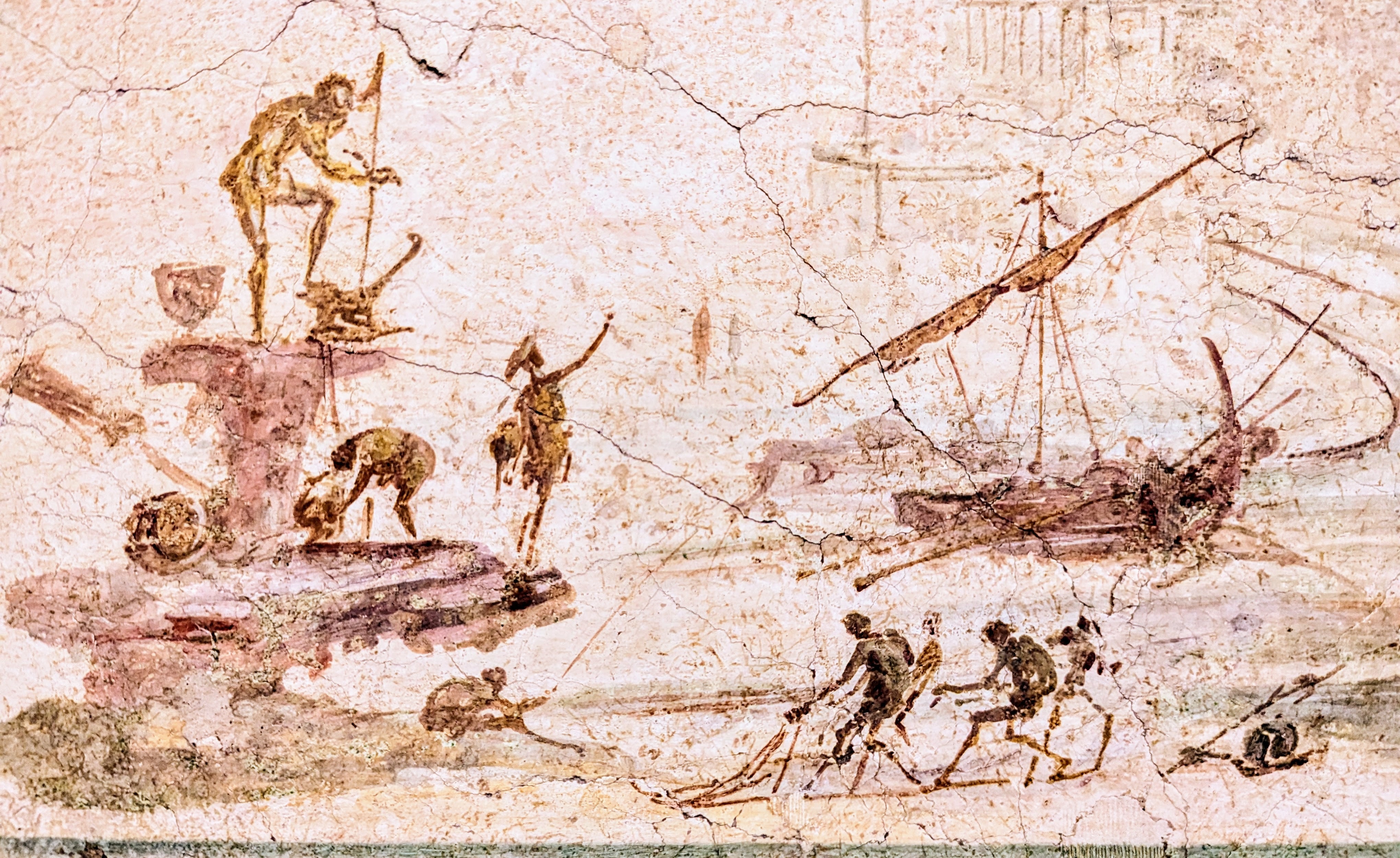
This is in the Museum of the Palazzo Massimo alle Terme in Rome, and it comes from an ancient Roman Villa in Rome. Probably painted in the first or second century CE. There’s walls of this stuff in the museum.
It’s not realism, but minimalistic sketches that, in many ways, outdo realism in artistic quality. To me, this looks more like something that you might find in Leonardo’s sketchbook than on the wall of on ancient Roman Villa from 1200 years earlier.
I agree that minimalism can outdo realism. Art can show what the mind sees, not what the eye views.
Art isn’t a progression. “Realism” isn’t necessarily a goal.
If capturing some subject in the most naturalistic way possible was the goal of art, there would be no need for paintings after the invention of the camera, and sculpture would be obsolete because of 3d scanning. Art must be something beyond capturing nature, otherwise there would be no reason for humans to do it.
Art must be something beyond capturing nature, otherwise there would be no reason for humans to do it.
For a long time, art was also the only way to portray what people and places looked like. Not all art needs to try and convey the reality, but some ancient patrons would undoubtedly have wanted portraits that looked as close to their real faces as possible. The Fayyum portraits in another comment and other explanations, such as materials being mostly handmade and paintings being unlikely to survive answer my question better, really.
Culture mainly. Same reason why some artists today draw photorealistic drawings and others draw more cartoony. You don’t need to draw or sculpt something to be hyper-realistic to explore the abstract nature of art.
THE PROPER TOOLS.
YOU try scrawling on a cave wall with nothing but the charcoaled end of a stick you pulled out of a fire and see how well you can draw with that kind of medium and tools.
As technology progressed, so did the tools used.
Michelangelo was using a fresco technique painting onto still wet plaster and used egg whites or glue made from animals to help the paint stick. He used a variety of brushes, not just a charcoal stick.
Further, just something as simple as a variety of colors took hundreds of years of technological advancement to achieve.
Don’t underestimate the need for quality tools!
Also the time needed to perfect that skill wouldn’t have been available that far back. If you’re needing to spend the bulk of your time hunting/gathering food and other forms of basic survival I don’t think you’d have the hours every evening to work on your shading techniques.
Excellent point, as others have astutely pointed out, a love of the arts is often cultural, and most artists need essentially a set of people who love their art and buy it or they will be a “starving artist.” So you also need a society that appreciates art enough to let certain people have all that time.
something as simple as a variety of colors took hundreds of years of technological advancement
If anyone is looking for a rabbit hole to go down, the history of pigments is a great one.
Exactly. Taking in the expansive view before you is nice, but the giants we stand upon, stable societies and technological advancements, are worth a glance or two.
It’s true. Though not a complete answer, because realism lagged behind the tools needed for it. And it’s interesting how once one person can do it, suddenly everyone can do it. That says something shit is as a species. We can only do what we’re able to imagine? And as soon as we see someone do it, that barrier is gone?
I literally just saw a video on cave paintings the other day and one of the oldest set of cave drawings ever found in France (dating almost 14,000 years ago) are some of the most detailed, and realistic depictions of animals in artwork I’ve seen.
I don’t think it took long to be realistic. It started realistic and evolved into stylization. And then looped back to realistic being cool again.
First reason is the knowledge and understanding to paint like this has come and gone. We have paintings from Egypt from 100 BC that is very realistic. They are known as the Fayyum portraits.
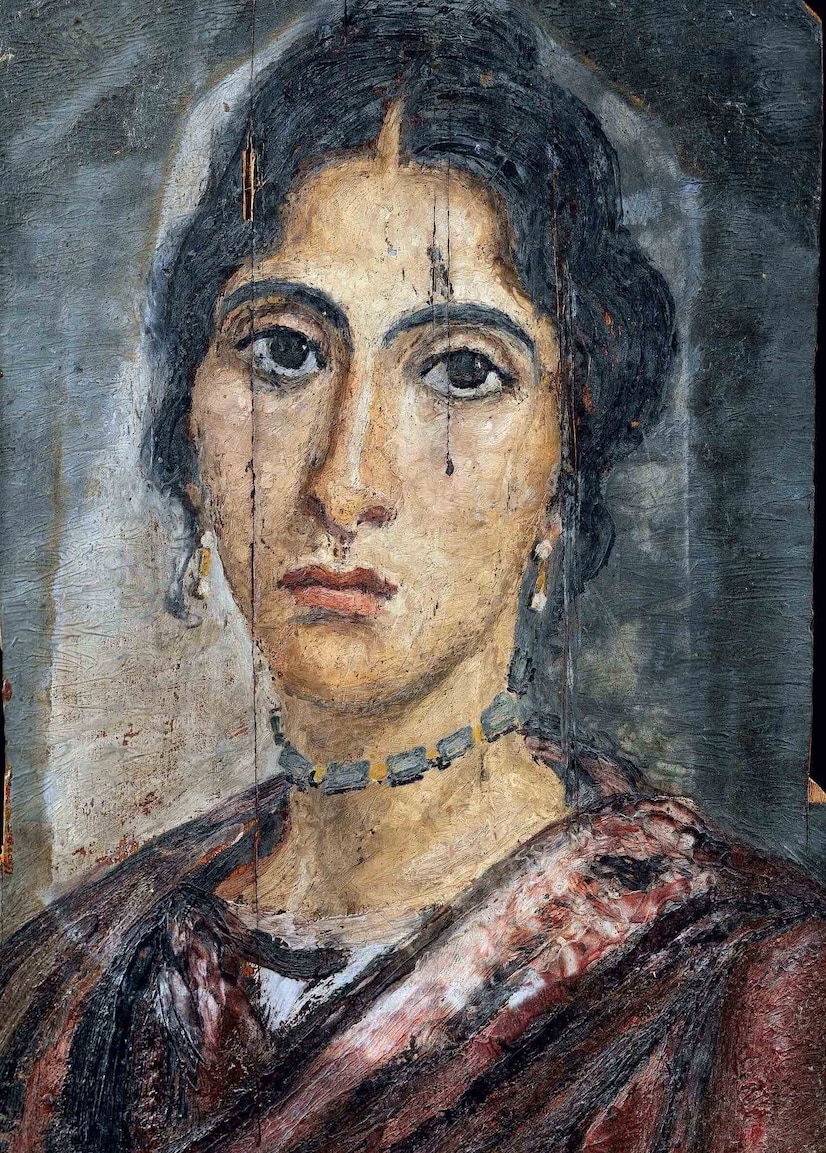
Also, paint isn’t the most long lasting of materials, so less painted anything still survives. While many don’t know about it, but Greek and Roman statues were painted.
They all look like me when I look at my reflection when I’m tripping balls

I didn’t know about those Fayyum portraits, they’re amazing!
I do find it interesting that folk think Renaissance art is realistic.
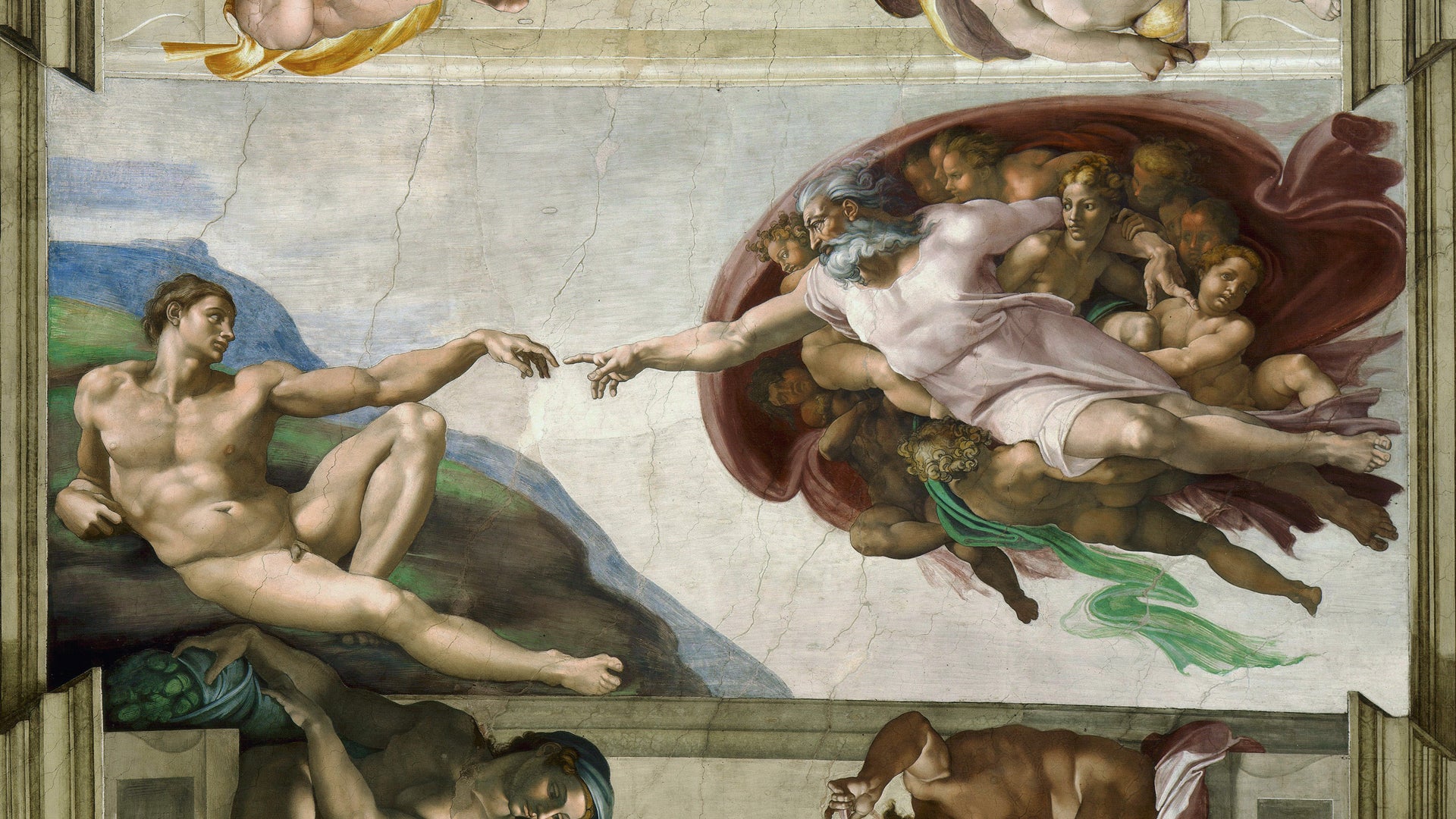
I’m being a little glib, but the truth is that we are still looking at hyper-idealised bodies.
The main difference,I suspect, is the use of perspective rather than drawing on a flat plane. In a way it took a leap of imagination to make things look more “realistic” whilst sculpture was merely (again, said with a certain smirk) just mimicking what the artist could see and feel in the real world.
That is to say that sculpture is reproduction whilst drawing is representation, and with representation you need to be able to take some pretty big leaps for both the artist and the viewer to work these things out.
Realistic as in “this is a believable real person” not “this is exactly what everyone looks like”
I actually was fortunate enough to visit the Sistine Chapel this summer, and although when you take a close look at images online of the paintings, it’s clear they aren’t “realism”, when you see the paintings in person they look very real. I was especially struck by how real Jonah looked, as if he was just hanging out, sitting on a ledge near the ceiling. Very cool experience.
Art supplies were historically not cheap. If you wanted to do this for a living, you were probably needing to aim for selling your art to the rich upper class. That implicitly meant catering to their fickle tastes and working on commission. You didn’t make art for you and find your audience later, you made art for the customers you had or you starved.
And to put it bluntly, realism wasn’t the fashionable hotness for most of human history. The more “crude” styles you may think of as objectively inferior to and less technically impressive as realism were in fact the styles in demand at their respective times. Fashion existed in ancient and medeival times just like it does today, and those styles were the fashion.
The idea of the independent eccentric artist who lives secluded in their ideas cave producing masterpieces for no one in particular leaving the world in awe at their genius every time they come out with something to show is a very modern concept. If any artist wanted to make a realism painting in an era where it was not popular, they’d be doing it purely for themselves at their own expense. So virtually no one did. Or if they did, their works largely didn’t survive.
Nuh-uh, people have been painting realistic pictures for wayy longer than that.

Here’s a Roman painting circa 40 BC.

This is from about 600-something AD.

12th or 13th century AD.
Also I think that possibly photograph-like realism may just not have been something artists aimed for, so they just created other styles that the next generation of artists learned to copy, and repeated that until someone came up with a new style.
I’m not an expert on the subject, but i didn’t see anyone else mention time as a factor. For a long time humans were simply too busy trying to survive. Once civilizations started coming around along with extremely wealthy and powerful people, then more time for leisure, art, and science came. Some of the extremely wealthy people of the past hired artists, mathematicians, scientists, musicians, etc to just live with them and study full time. The expectation was that they would share their work.
Art and science were largely the domain of the rich and bored for a long time. This wasn’t really conducive of attracting those with talent, just those with the means.
For a long time humans were simply too busy trying to survive.
Humans had culture and art during all times, regardless if you understand it or not.
I agree. I’m not trying to say no one made art in 10000 bc. I’m just saying the opportunities became more abundant for people to focus most of their time in life on it in more recent times.
This is incorrect. Not only did humans used to work significantly less and we (the working class, anyway) in the past few centuries have less leisure time than ever, but if anything, the introduction of what you consider “civilisation”, and especially class and money, harmed art more than anything by giving the power and control over it to those who aren’t creating it, and leaving those who are, starving, like the rest of the plebs, or completely undiscovered due to lack of privilege, opportunity, and access.
I stand corrected!
Materials.
If you’d have seen the marble sculptures when they were new, you would have described them as anything but realistic. We now know that many, if not most, sculptures were painted in bright garish colours.
Why paint a delicately crafted sculpture with a dodgy paint job? Party taste, perhaps, but more definitely because that was what was available.
The paints that we have now are carefully designed, mixed and stored to deliver a wide range of colours of a consistent quality (and even modern companies like GW struggle with that!).
The further back you go, the fewer pigments there are and the less sophisticated the binders are. It’s no coincidence that the rapid explosion in science and trade of the Renaissance led to the rapid development of paints. Even in those days, an artist didn’t buy paint, they made it - access to new raw ingredients was all that was needed.
So, why the Renaissance? Because it’s the earliest point in time it could have been possible.

because that was what was available.
Yes, we’ll go with that one.
chefs kiss
We’re also looking at the art that survived until today. It’s not like we have libraries full of art from every culture.
Tastes have changed.
Your judgement is different from their judgement.
What you are calling ‘realistic’ probably did not even exist then, and nobody missed it.












